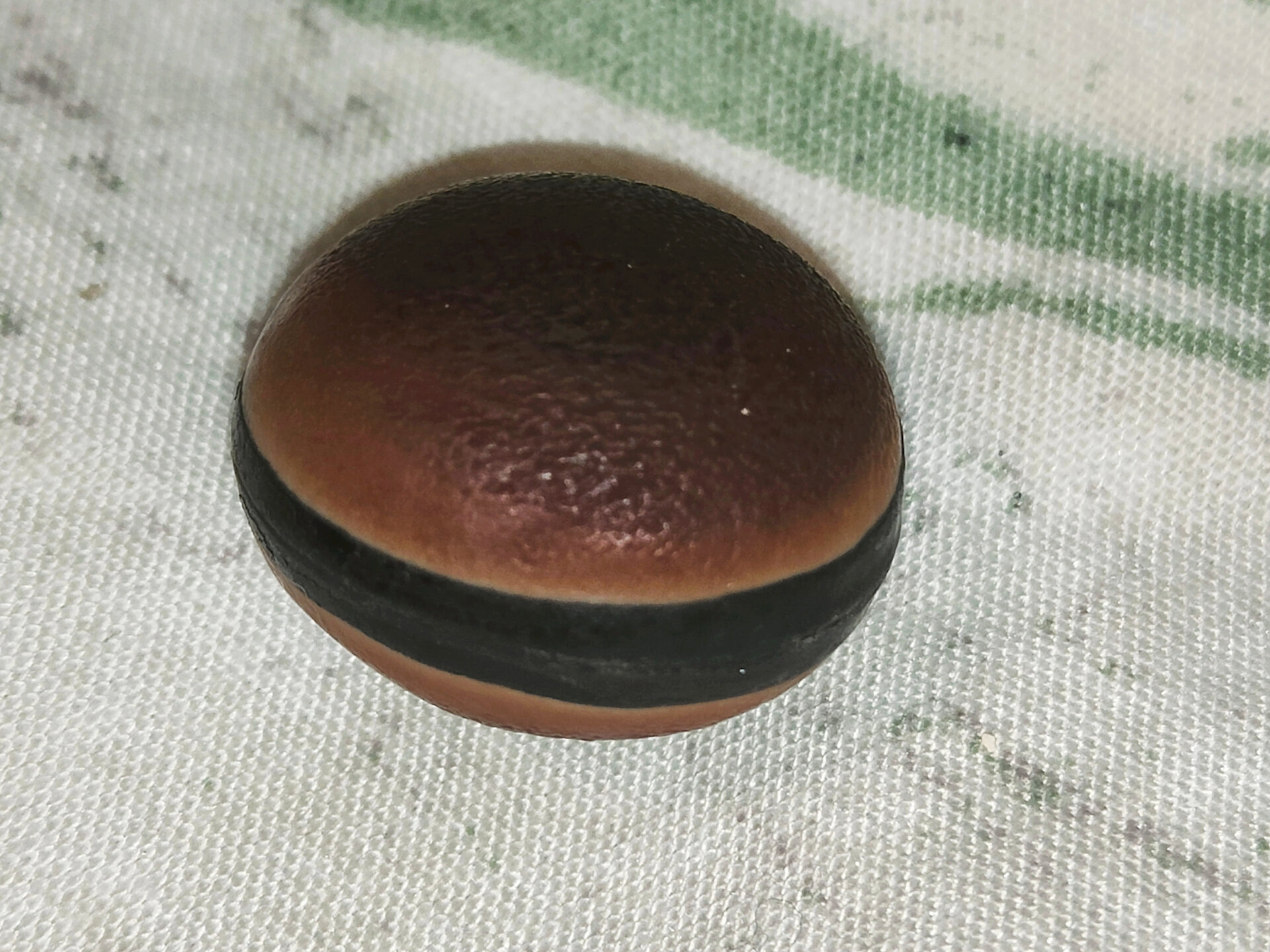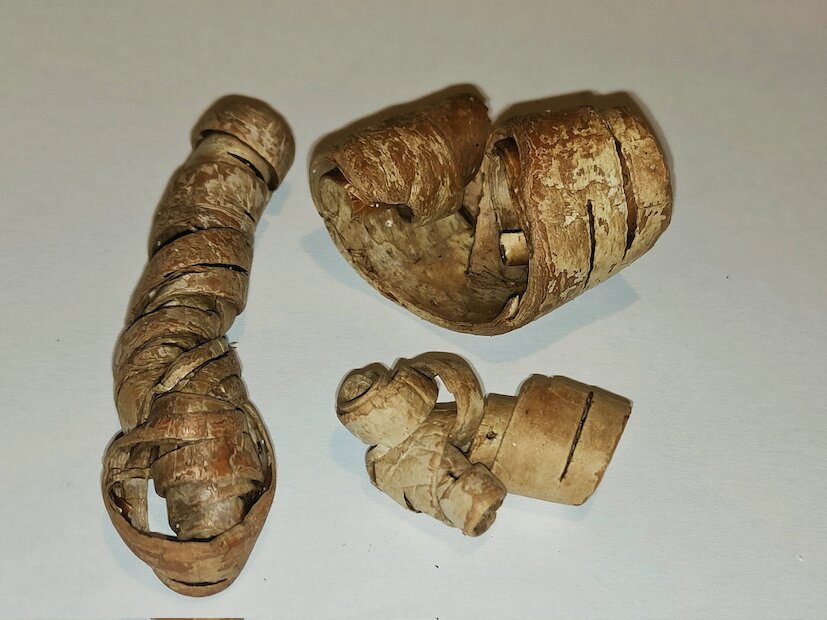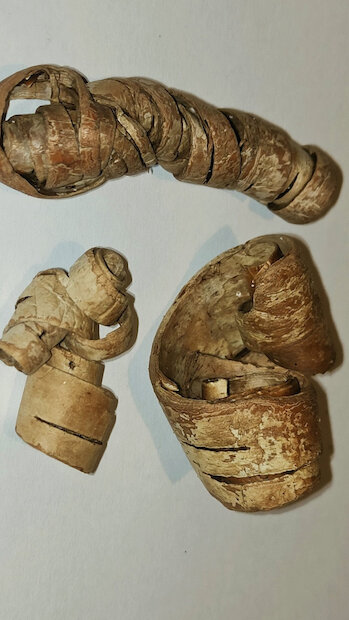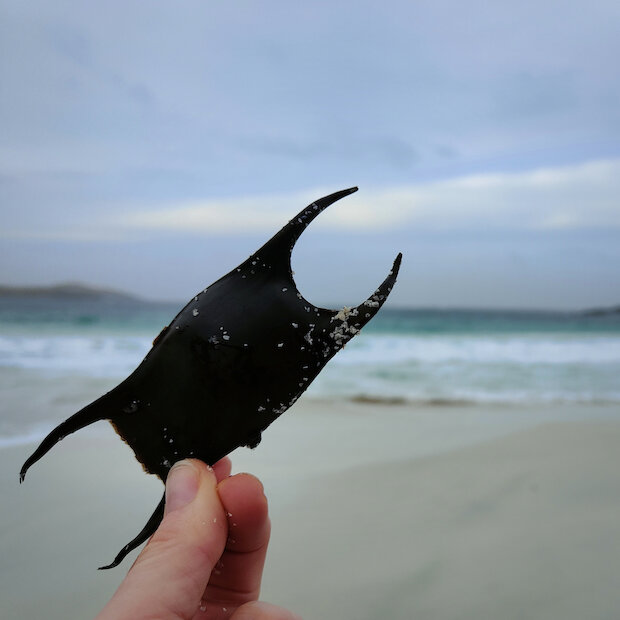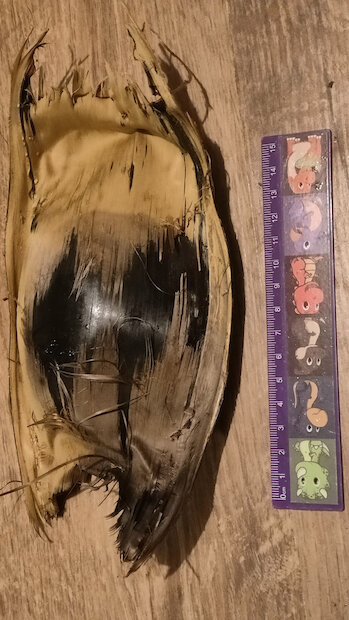The feeling of seasonal change is undeniable, with daylight now reaching past 5 O’clock and warmth returning to the sun. Despite the spring-like feel, this can be a time of wild winds and stormy seas, weather that is a beachcomber’s dream.
The past few weeks social media has been filled with photos of treasures washed ashore, seabeans, marbles, mermaid’s purse and pieces of seaworn pottery. Many beach finds are shared with others in the community via the Shetland Seashore Discoveries Facebook group.



